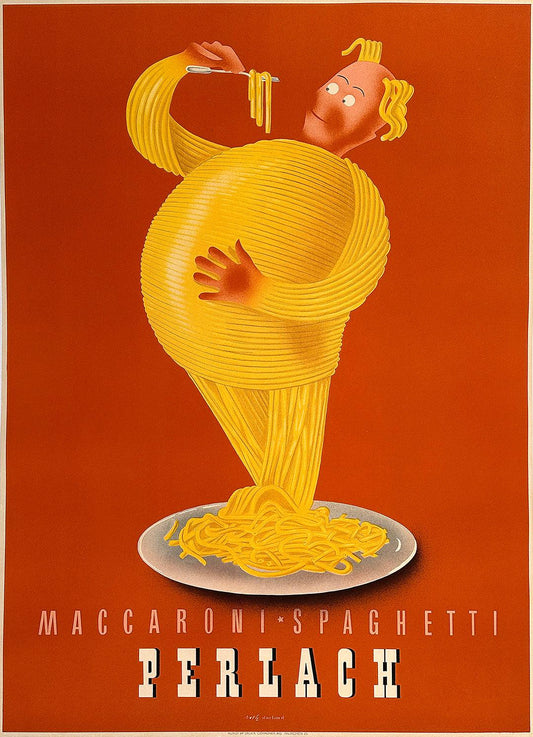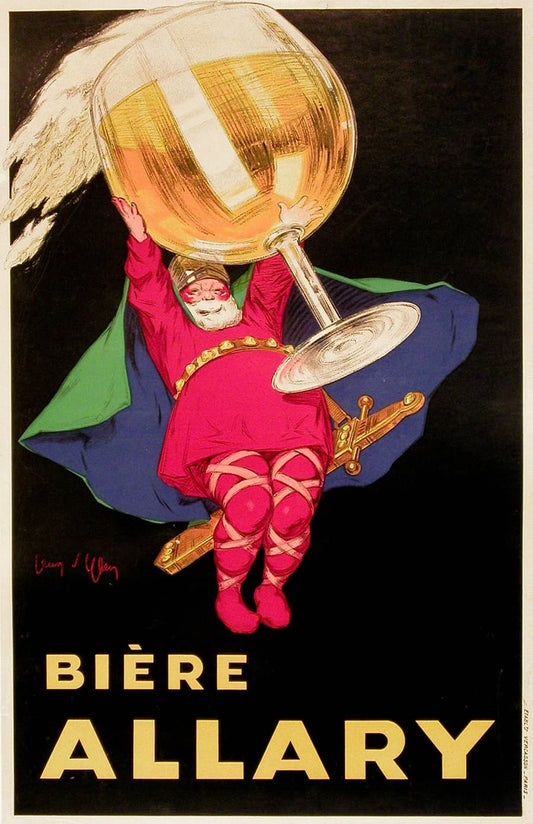War, Peace, and Everything In Between: A Visual History of the United Nations in Posters
This week marks the meeting of the United Nations General Assembly, and the streets outside of our New York City Gallery are filled with security personnel and foreign dignitaries alike.
This important event of international policy-making happens to coincide with a recent acquisition of WWII posters, and provides us with the opportunity to share the visual history behind the events leading up to the formation of the United Nations.
“The United Nations Fight for Freedom” by Ragan, 1943.

Freedom Shall Prevail, 1942.
The United Nations was officially formed October 24,1945 after years of diplomatic debate and military involvement among its members. The idea of a formed allegiance of nations was originally introduced at the end of the first World War, through the Treaty of Versailles “to promote international cooperation and to achieve peace and security.” This newly formed League of Nations sought to help rebuild Europe in the aftermath of a crippling war, while opening the lines of diplomatic conversation to prevent further issues. Unfortunately, The League of Nations failed to prevent the series of events that led to the Second World War, and the committee was thus dissolved.
The USA wasn’t involved until the end of the war, and were not a member of the League of Nations that was formed by the Treaty of Versailles.
Following the initial outbreak of WWII, it became apparent that countries with shared views needed to form alliances. The first iteration of allegiance occurred between the United States and Great Britain, when FDR and Winston Churchill met at sea and drafted the Atlantic Charter in 1941. Later that January, they were joined by 24 other nations in creating the Allied Forces in the Declaration of the United Nations. As the War raged on, the United Nations tightened its allegiance and fought together to defeat the Axis Powers.
The United Nations formed its General Assembly in 1946, and has been meeting ever since. The meetings occur at the United Nations Headquarters in midtown Manhattan.






